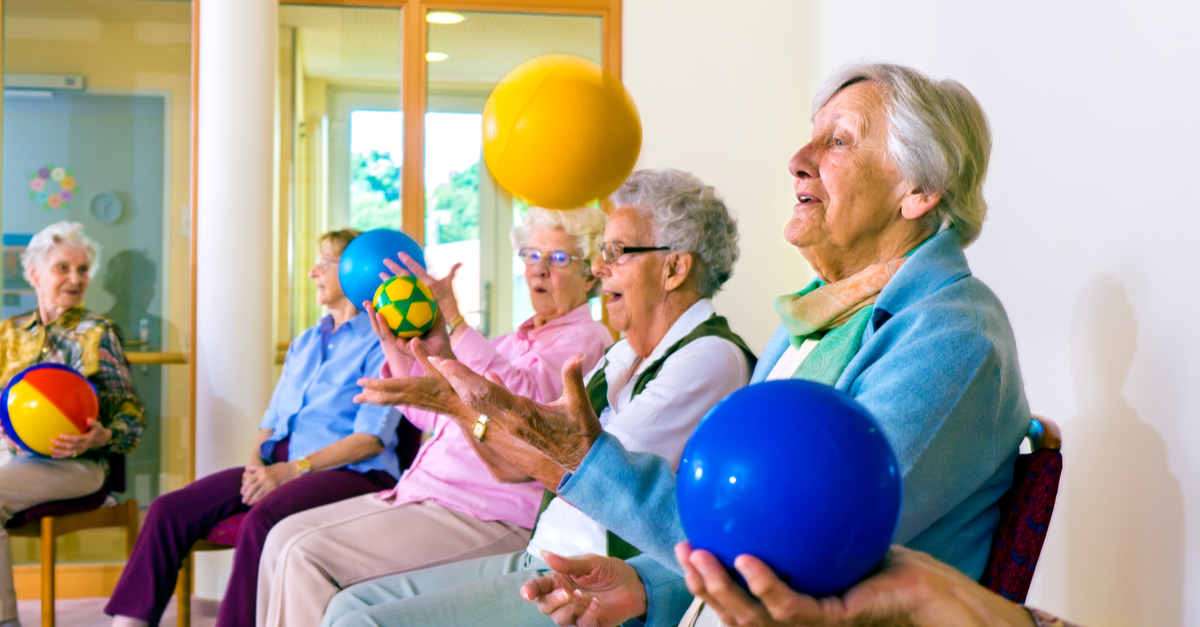Date published: September 3, 2020
 Making a Real Difference to Communities
Making a Real Difference to CommunitiesWhatever the project Hankinson is working on, we ensure that our strategy aligns with our corporate social responsibility standards. In fact, we value the positive impact that we can have on a community so highly that we ensure our CSR standards are at the core of our programmes and strategies.
In this article, we outline what corporate social responsibility means to Hankinson as a big-picture philosophy of the way we work. In future articles, we’ll be drilling deeper and demonstrating our commitment to CSR with examples of the positive impact we’ve had across all the areas of CSR.
First, let’s give an overview of CSR – which is curious in the way it operates because, unlike corporate governance, there is currently no legislation enacted that covers CSR. We believe that there may be in future, but at present CSR policies and strategies are very much voluntary.
In short, if you want to make a positive contribution to the areas covered by CSR, you will. And we do.
While CSR isn’t legislated, we take the view that our approach should be guided by our corporate values and our mandatory corporate governance.
The government’s approach to CSR is demonstrated by the CSR policy of Companies House in which it describes four areas of activity:
We recognise that good CSR has multiple benefits. Among these are that it:
When developing our CSR policies and strategies, we place an emphasis on the community benefits we can provide. We ensure that we operate to at least the standards set out for corporate governance in a raft of legislation, such as the Health and Safety at Work Act 1974, the Companies Act 2006, and the Employment Act 2002 among many others.
When we consider community benefits, there are six important elements within our CSR approach:
What are our values in relation to the communities in which we work and to whom we deliver services? This includes down to the granular level of individual homes and the diversity of the people we serve.
What is our big picture for each community, no matter how small that community is? For example, we consider environmental and societal impact, as well as how we can support local businesses during our programmed works.
To realise our strategic objectives in the scope of CSR, what do we need to deliver to achieve these? How do we develop programmes that will help us to fulfil our company values? The connection between our values, our strategy, and our programmes now starts to become clear.
When we work for our clients, we understand that they have local strategies for community benefits – their social value, referring to the Public Services (Social Value) Act 2012. This is a key piece of legislation that makes it mandatory that contracts over a certain value provide community benefits. So, we pay attention to the overlap in our values and their values, our strategy and their strategy, and ensure that we align to deliver multiple, non-conflicting benefits.
We ensure that the outputs of our programmes continue because they are the right thing to do. For example, if our programme includes running an apprenticeship scheme for local people, we will continue to do that even if it is not within the client’s strategy. We go over and above the minimum necessary to deliver in alignment with the client’s social value – and the outputs are therefore exponentially larger than simply being aligned with local strategies.
Do we help strengthen their employability? Do we help them become employed? Do we provide training and skills? Do we provide capacity building for local community groups through training and provision of resource and materials?
One way we meet our objectives in this area is by offering educational training and opportunities for local people. We look to develop their skillset not only for construction purposes such as painting techniques, wallpapering, and product training, but also life skill talks and employment skills training (for example, interview training/CV reviewing). We also seek to educate locally, within colleges and workshops.
 Understanding our impact
Understanding our impactIt’s all very well that a company says its policies and strategies encompass corporate social responsibility as a key piece of our working practices, but you may ask how we know that we are successful? The answer is that we measure that success – internally through our social impact report and externally through HACT (the Housing Association Charitable Trust). We even measure the impact on individuals like Deanna Robinson, an award-winning apprentice who joined us because of our long-standing partnership with Wirral Met College.
Deanna was named as Apprentice of the Year in 2019 by Wirral Metropolitan College for the Painting & Decorating category, and a few weeks earlier had been named as regional winner in Johnstone’s Trade ‘Young Painter of the Year’ competition.
Of Deanna’s success, Head of CSR at Hankinson Jeremy Hankinson said, “Deanna really does deserve this for all her hard work over the course of her apprenticeship so far, and she sets a great example for apprentices in the industry. We are also delighted as this comes off the back of partnering with Wirral Met College, where Deanna studies, and will hopefully be bringing in many more apprentices over the coming years with an attitude as good as Deanna’s.”
Over the coming weeks, we’ll be publishing articles that demonstrate our commitment to and achievements in corporate social responsibility. You’ll ‘meet’ some of the people who have benefitted from our strategies and programmes, and discover the impact potential when we work closely with our clients and local authorities.
However, we also know that our clients want (and need) to measure outputs and results more effectively. Therefore, we are currently examining additional methods and tools that will help our clients better understand the community benefits we deliver because of the strength of our CSR.
While we are embedding this within our working practices, please feel free to contact our Head of CSR Jeremy Hankinson to discuss our CSR strategies and how we deliver the community benefits that make a real difference.
When you use Hankinson Whittle for your programmed maintenance, you can be sure of a partnership in health and safety as well as benefitting from the highest standards in property maintenance work. To find out more, don’t hesitate to contact us today.